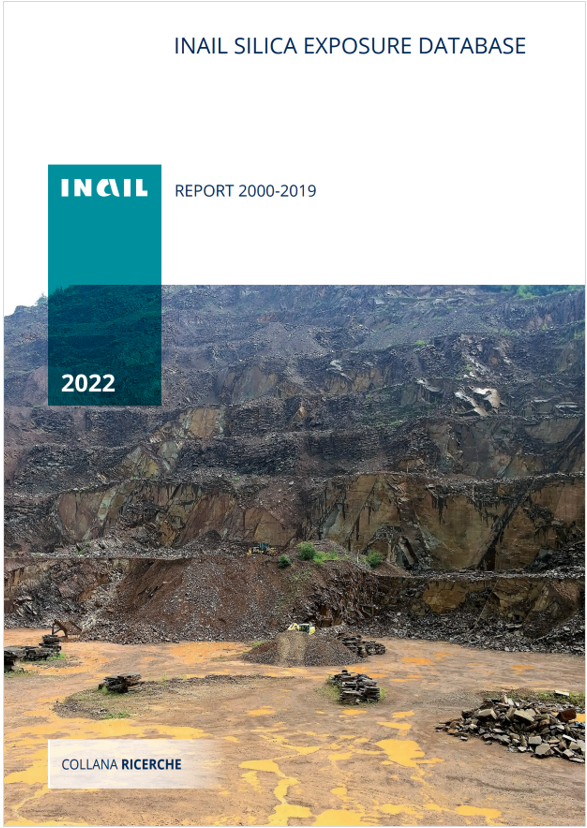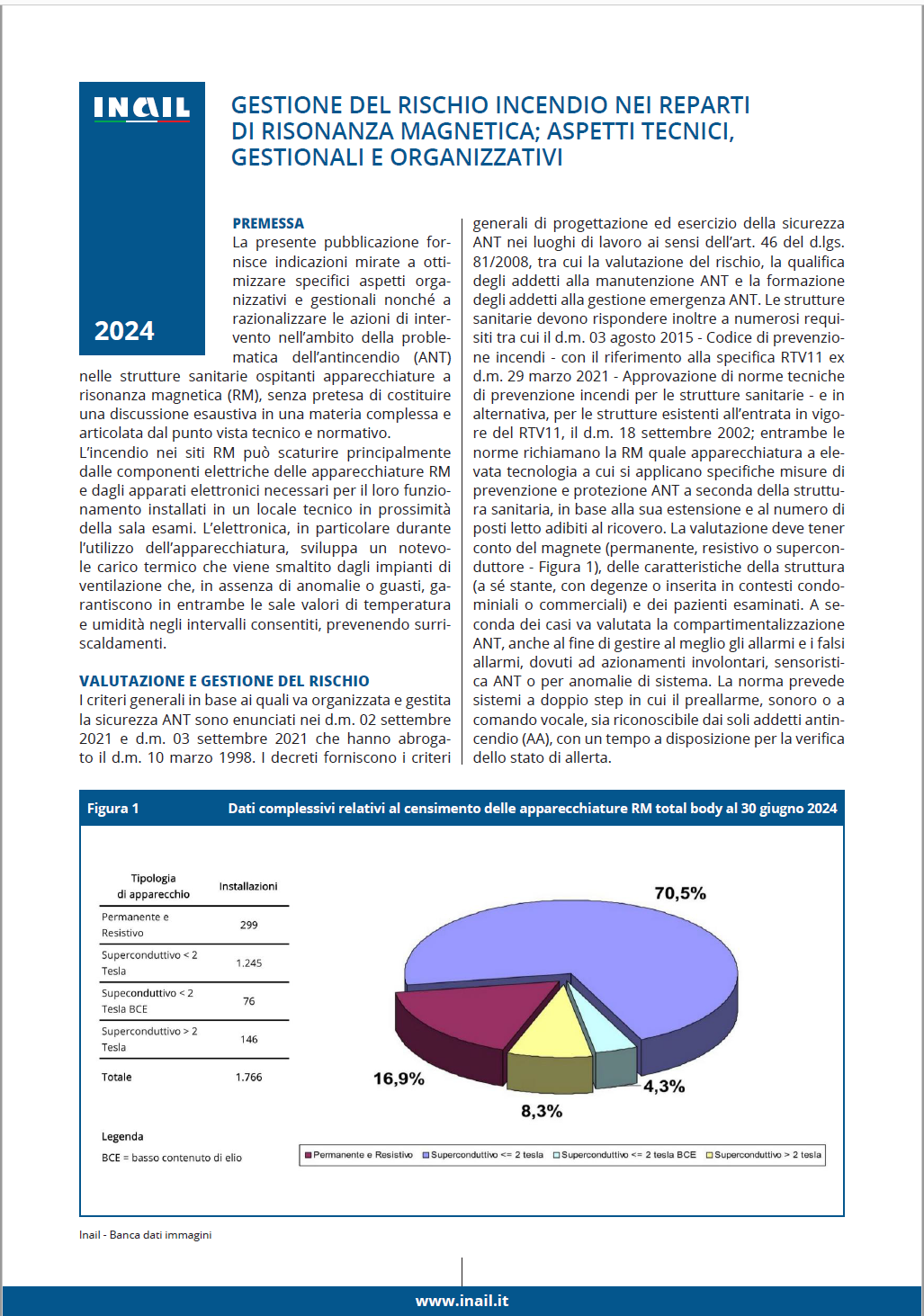Featured
Silica exposure Database Report 2000-2019

Silica exposure Database Report 2000-2019
The adverse health effects and ubiquitous nature of crystalline silica make the issue of occupational exposure to this substance a topical one, despite the evolution of work scenarios over the years.
The Inail Silica Exposure Database includes data from over 8000 samples, described by activity and job title, collected during surveys carried out throughout Italy since 2000. The statistical elaborations of the results of personal exposure measurements presented in the Report could be useful for managing occupational risk from inhalation of crystalline silica, to identify risk control measures and good practices to be applied in industries, and to support epidemiological studies.
...
Foreword
Summary
Abbreviations
PART 1. Data acquisition and processing methodology
1.1 The INAIL Silica Exposure Database
1.2 Crystalline silica polymorphs: quartz and cristobalite
1.3 Personal, static and bulk samples
1.4 Workplace sampling
1.5 Laboratory analysis
1.6 Classification of working activities
1.7 Correspondence table between CONTARP 2016 and NACE rev. 2 classifications
1.8 Classification of job titles
1.9 Classification of bulk materials
1.10 Statistical parameters and data evaluation criteria
1.11 Organisation of the Report
PART 2. Overview of data on a national scale
PART 3. Exposure data by activity and job title
A1 - Agriculture
B1 - Quarrying of marble, granite and other coherent rocks
B2 - Quarrying of sand and gravel
B3 - Quarrying of clays, pozzolana and feldspar
B4 - Quarrying of pumice stone
C1 - Bituminous membranes
C2 - Paints, glues and adhesives
C3 - Rubber, plastic, artificial stone
C4 - Glass
C5 - Refractories
C6 - Ceramic tiles
C7 - Bricks
C8 - Ceramic ornamental articles
C9 - Ceramic sanitary fixtures
C10 - Cement
C11 - Concrete products
C12 - Stone working
C13 - Abrasives
C14 - Foundry sand cores
C15 - Iron and steel industry
C16 - Foundries
C17 - Treatment of metals
C18 - Ovens and furnaces
C19 - Jewellery
C20 - Medical and dental instruments
C21 - Denim sandblasting
F1 - Construction
F2 - Tunnel construction, conventional excavation
F3 - Tunnel construction, mechanical excavation
F4 - Sand blasting for building exteriors
PART 4. Quartz content in bulk materials
4.1 Quartz content in settled dust, by production activity
4.2 Quartz content in products and materials
4.3 Quartz content in rocks and aggregates
REFERENCES
...
Fonte: INAIL
Collegati
Allegati
|
Descrizione |
Lingua |
Dimensioni |
Downloads |
 |
|
EN |
14373 kB |
872 |



































